Ca Mau land has a coexistence of many ethnic groups, of which the 3 ethnic groups with the majority are Kinh - Khmer - Hoa, so the folk beliefs of these 3 ethnic groups are also clear and prominent. It is possible to identify some common forms of belief of the ethnic groups such as: ancestor worship, life cycle rituals, worship of natural gods and human gods... Regarding the specific beliefs of each ethnic group, the Kinh people worship Lac Long Quan, King Hung, Au Co, Uncle Ho, Thanh Hoang Bon Canh, Ba Chua Xu, Ngu Hanh, Ca Ong, Than Ho, ancestor worship, Thong Thien...; the Khmer people worship Neak Ta, worship Arak...; the Chinese people worship Ba Thien Hau, Quan Thanh De Quan, Ong Bon, Than Tai...
Mr. Nguyen Van Quynh, member of the Vietnam Folk Arts Association, shared: "Looking back at the history of its formation, Ca Mau, although the land was discovered later than other localities in the country, has also gone through many ups and downs of history. In particular, in the early days of discovery, settlement, village building, and hamlet establishment, the Kinh - Khmer - Hoa ethnic communities lived together, united and supported each other, thereby forming the common character of Ca Mau people as hospitable, chivalrous, receptive to new things, including accepting folk beliefs".
The cultural exchange process over hundreds of years has made many folk beliefs of one ethnic group have the participation of other ethnic groups. Folk beliefs have since been mixed and spread in the community. Some folk beliefs have had the participation of many ethnic groups, typically at the Hung King's death anniversary festival, the Nghinh Ong Song Doc festival, the Ky Yen festival, the Thien Hau festival... all have the participation of Kinh - Khmer - Hoa ethnic groups.
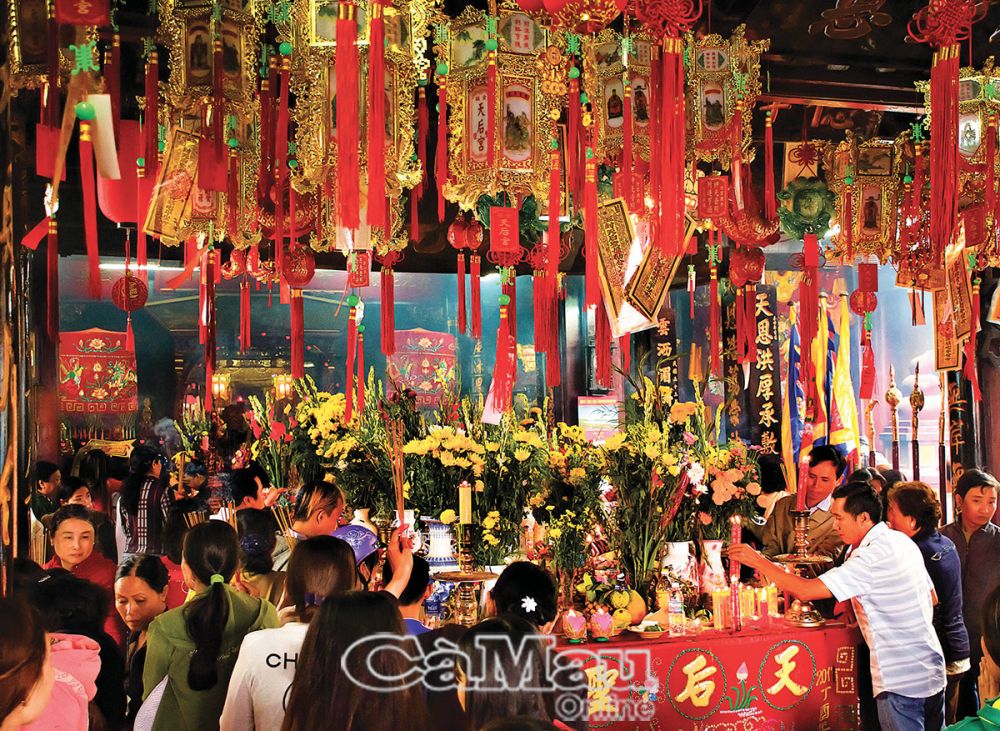
The Thien Hau Festival is a major festival of the Chinese community in Ca Mau, held on the 23rd day of the third lunar month every year. Through the festival, people pray for a peaceful, prosperous life and good luck. Photo: QUOC BINH
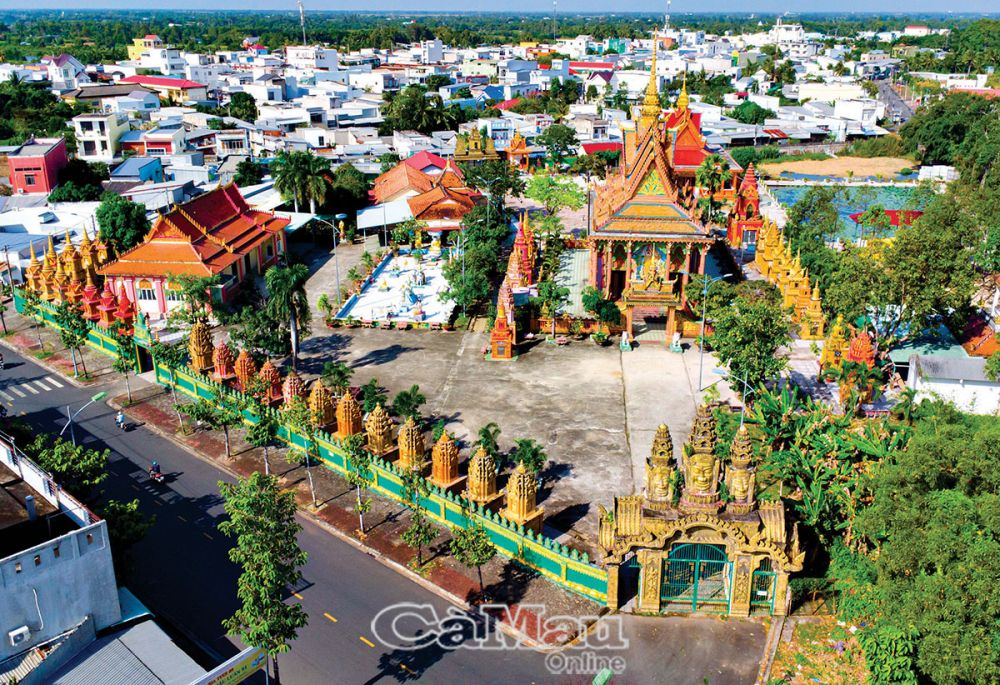
The Khmer ethnic group's unique features are reflected in the architecture of the pagodas, which are also a place for community cultural activities of the local Khmer people. (In the photo: Monivongsa Bopharam Pagoda, Ward 1, Ca Mau City).
“Due to the process of cultural exchange and acculturation, we can easily see that in any communal temple, there are many gods of different ethnic groups. For example, in the temple of Lady Thien Hau, there is also worship of Thanh Hoang Bon Canh, Phuoc Duc Chanh Than, Hoa Duc Nuong Nuong... In the Dinh Than, there is also worship of Than Nong, Tien Hien, Hau Hien, Tien Su, To Su, Ta Ban, Huu Ban, Than Tai, Tho Dia... This creates a mixed feature in the folk beliefs of Ca Mau people,” Mr. Quynh added.
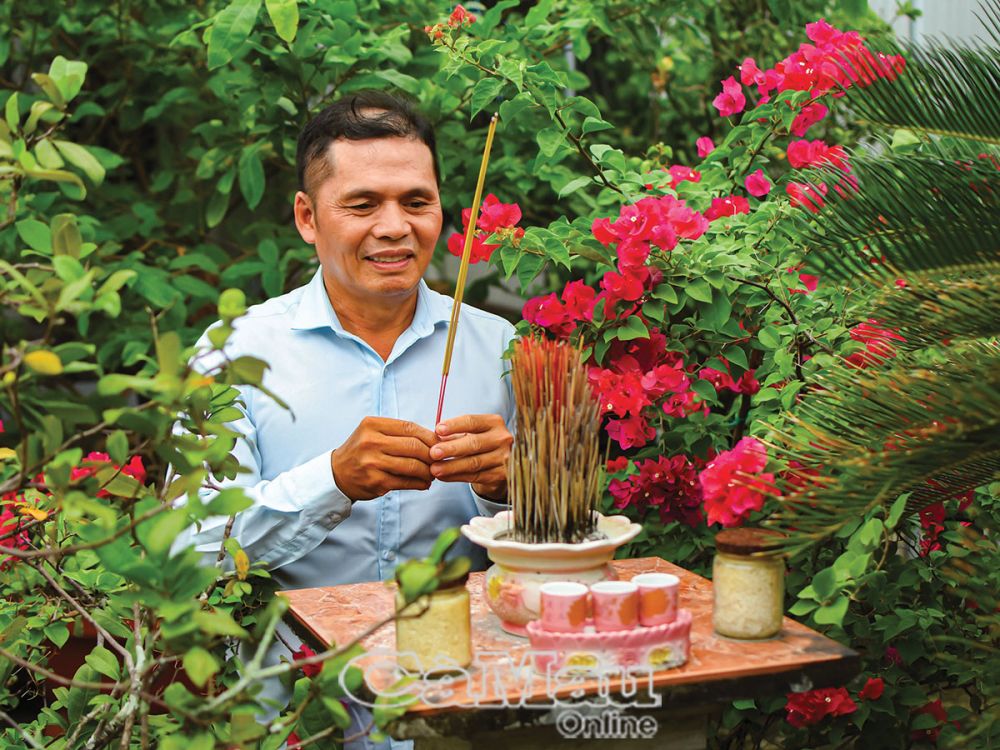
The custom of worshiping "Mr. Thien" is still maintained by many households today.
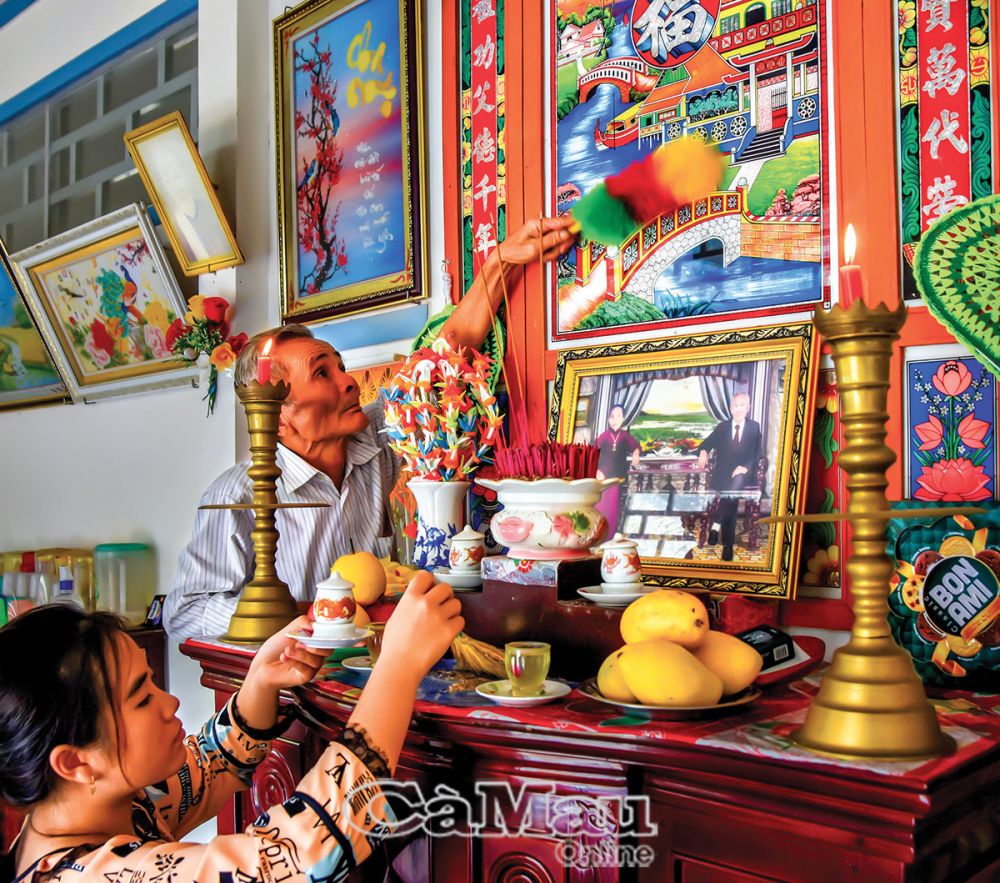
Ancestor worship demonstrates the morality of "remembering the source of water when drinking" - a clear folk belief today.
Mr. Tran Van Huy, Ward 2, Ca Mau City, said: "In the Chinese community, folk beliefs hold a rather important position in their spiritual life. For community religious sites such as the places of worship of Lady Thien Hau, Quan Thanh De Quan, Ong Bon... all have contributions to construction and renovation from the Chinese community. In almost every Chinese family, there is an altar to Ong Thien and incense is burned every day. All have the meaning of praying for a lucky life and good health for family members."
According to Mr. Nguyen Van Quynh: From a geo-cultural perspective, it can be seen that the river element has a strong influence on folk beliefs in Ca Mau, as evidenced by the prominent worship of water gods. Among the five ladies of the Five Elements, Lady Thuy Long Than Nu (Thuy Duc Nuong Nuong) is commonly worshiped in Ca Mau; the festival of Lady Thuy Long Than Nu has also been included in the List of National Intangible Cultural Heritage by the Ministry of Culture, Sports and Tourism. In addition, folk temples are also mainly distributed along rivers, at the intersections of rivers.
Regarding the origin of the population, ethnic communities often bring with them beliefs from their homeland to practice their beliefs in new lands. From there, folk beliefs continue to be passed down and exchanged, and transformed into a unique cultural feature of folk beliefs.
Folk beliefs have gone through a long period of formation and preservation, becoming a cultural feature that occupies an important position in people's daily lives. Through these beliefs, a positive life energy is formed in the community, helping each individual to get closer to each other. Therefore, despite certain fluctuations, folk beliefs are still maintained and developed./.
Performed by Van Dum
Source: https://baocamau.vn/giao-thoa-tin-nguong-dan-gian-a36771.html


![[Photo] Prime Minister Pham Minh Chinh receives Rabbi Yoav Ben Tzur, Israeli Minister of Labor](https://vphoto.vietnam.vn/thumb/1200x675/vietnam/resource/IMAGE/2025/5/21/511bf6664512413ca5a275cbf3fb2f65)


![[Photo] Prime Minister Pham Minh Chinh receives the President of Asia-Pacific region of PowerChina Group](https://vphoto.vietnam.vn/thumb/1200x675/vietnam/resource/IMAGE/2025/5/21/0f4f3c2f997b4fdaa44b60aaac103d91)
![[Photo] Scientific workshop "Building a socialist model associated with socialist people in Hai Phong city in the period of 2025-2030 and the following years"](https://vphoto.vietnam.vn/thumb/1200x675/vietnam/resource/IMAGE/2025/5/21/5098e06c813243b1bf5670f9dc20ad0a)
![[Photo] Determining the pairs in the team semi-finals of the National Table Tennis Championship of Nhan Dan Newspaper](https://vphoto.vietnam.vn/thumb/1200x675/vietnam/resource/IMAGE/2025/5/21/eacbf7ae6a59497e9ae5da8e63d227bf)
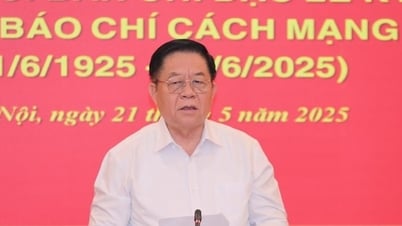

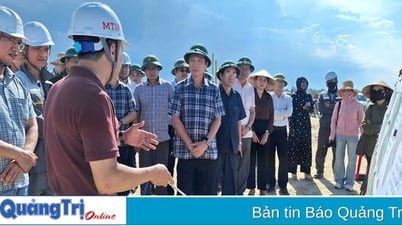

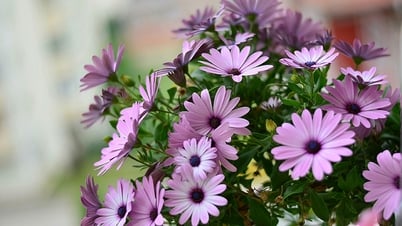

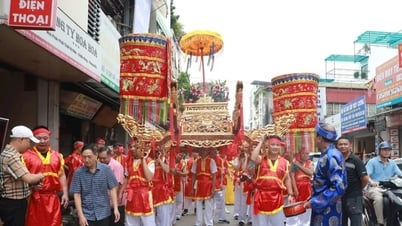
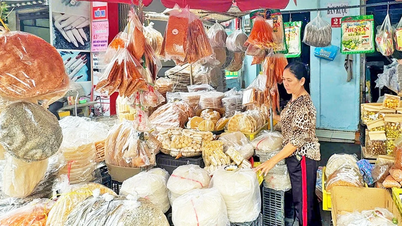

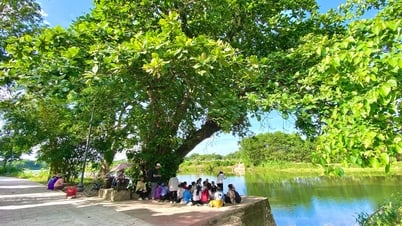





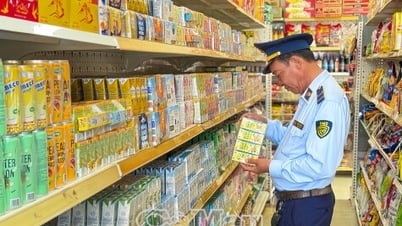

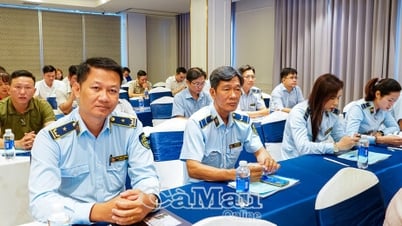


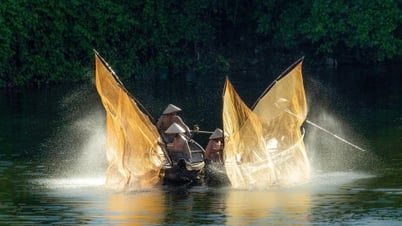










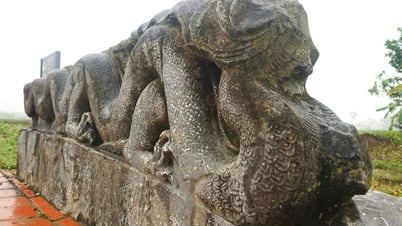



















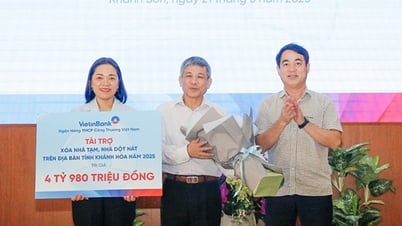


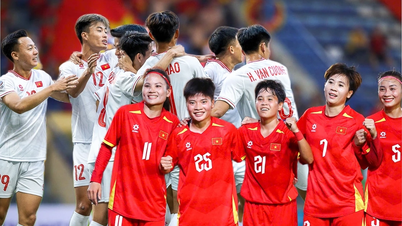

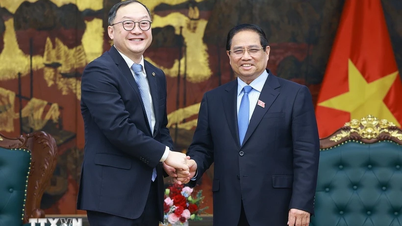

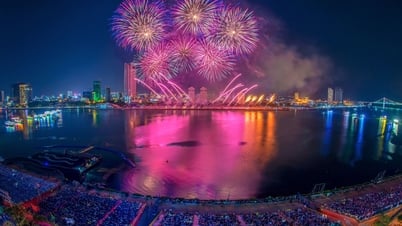

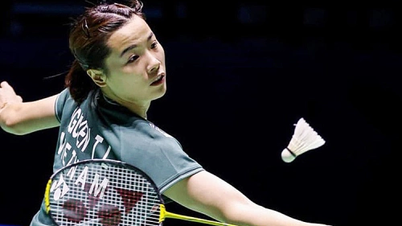

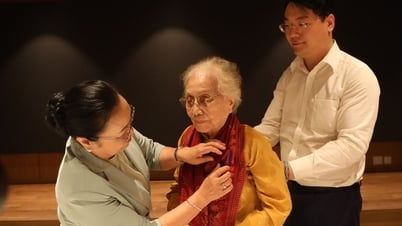

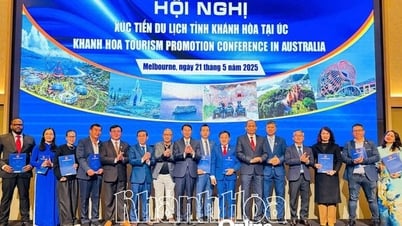
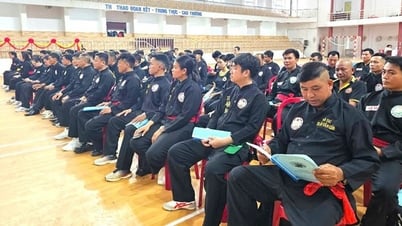
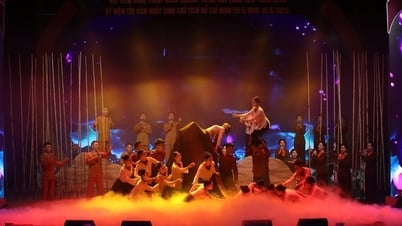
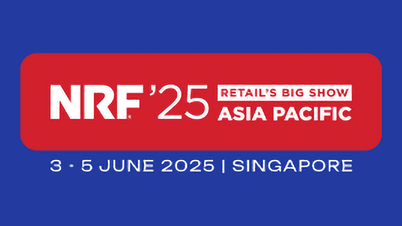

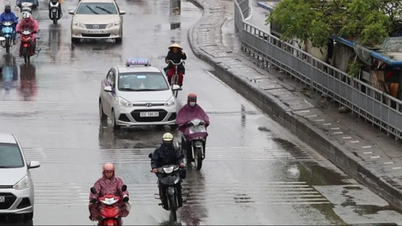

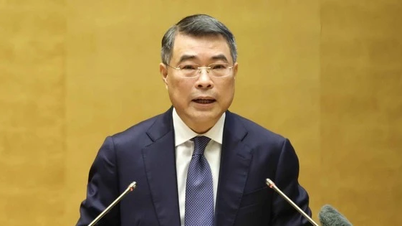

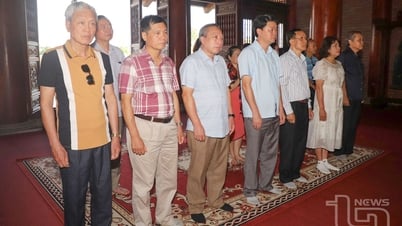

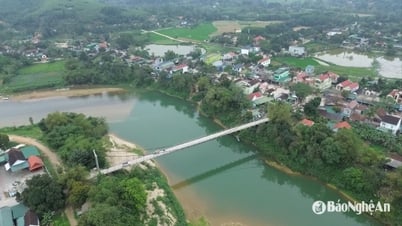










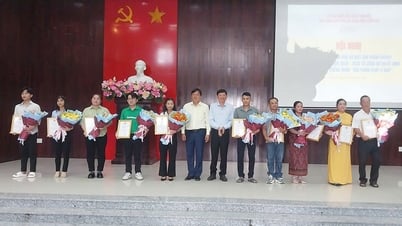

Comment (0)